We’ve got Episode 2 of our podcast live a week after Episode 1, mainly due to the opportunity to interview VastPark CEO Bruce Joy.
[display_podcast]
It’s an interview of more than 30 minutes but Bruce has some fascinating insights on VastPark’s development and the virtual world business in general. There’s also some brief news snippets and a preview of Episode 3.
For details on how to automatically receive these podcasts, check our podcast page.

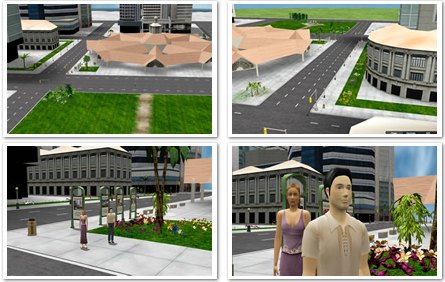



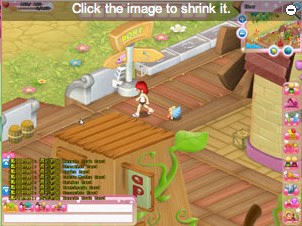

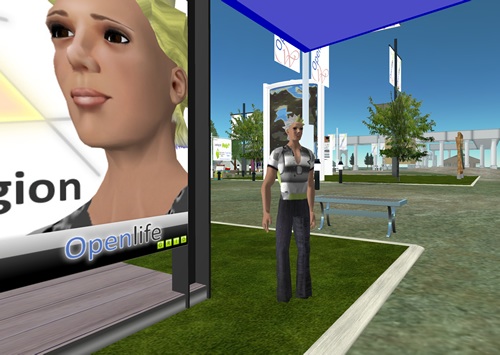

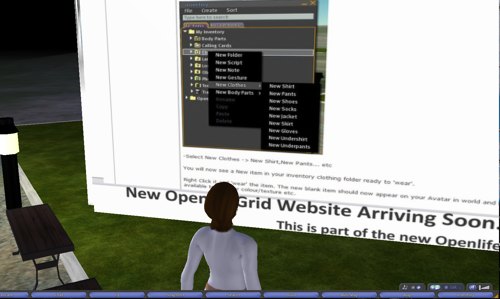
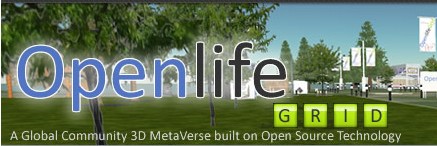

Recent Comments